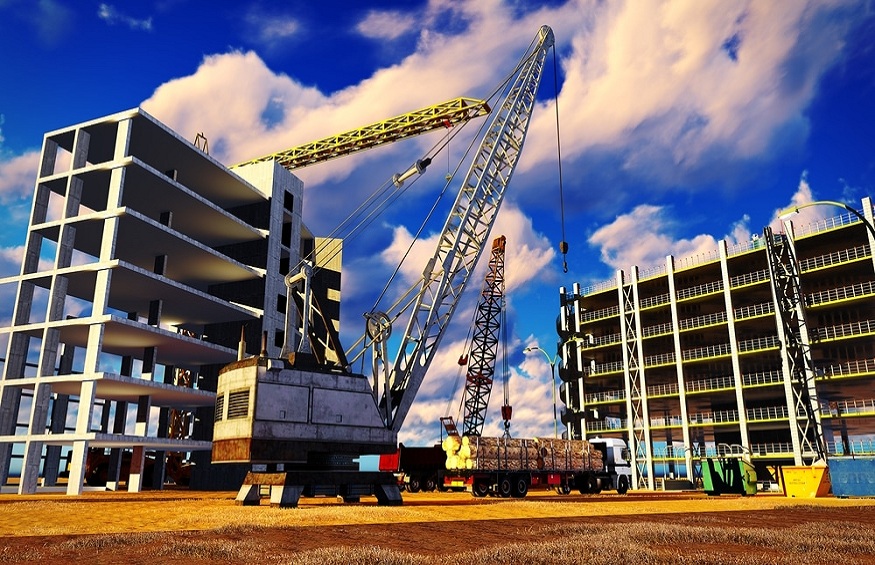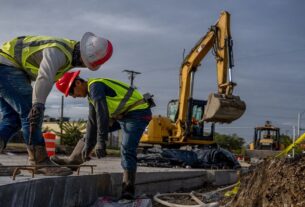Construction site fencing is often one of the lowest priorities for owners and contractors of commercial and industrial properties. Oftentimes, the only consideration is cost. But that’s such a shame because construction site fencing can have a huge impact on the safety and efficiency of your project. That’s why it’s important to choose the right type of construction fencing for your needs, especially if you are responsible for overseeing and managing the construction process.
Whether you are hiring us for a commercial construction project or a residential construction project, our goal is to provide you with the highest quality construction fence at the lowest possible price.
Construction site fences are an essential part of any construction project. They not only keep out trespassers and the public, but they also provide a visual barrier between work areas and make it easier for workers to see each other and stay coordinated. They also keep out flying debris such as nails, screws, and other metal objects that could cause serious injury or property damage. When selecting a contractor to build your fence, there are several things you should consider.
What To Consider When Choosing Construction Site Fencing
Height: How tall do you want your fence? A rule of thumb is to have the height of your fence equal to about three times the height of your average person. So if your average person is 5’5″, your fence should be at least 15′ high. The higher the fence, the better in most situations. The only situation where a higher fence might not be a good idea is if you are building an RV or boat camp where there are no trees nearby to use as posts. In that case, a 15′ high fence might prove to be a hindrance rather than a help.
Style: There are four styles of fencing you can choose from: Panel: Made up of square or rectangular metal panels that are connected with horizontal or vertical bars and usually used for temporary fences around construction sites and where appearance is important.
Wood: Made up of wooden slats or pickets that are held together with horizontal or vertical wood screws or nails. Perfect for permanent fences around homes and properties.
Post & Rail: Made up of upright wooden or metal posts that are connected with horizontal or vertical rails. A combination of post & rail and chain link is often called “hog wire” and is perfect for temporary fences around construction sites.
Chain Link: Made up of metal links that are connected with horizontal or vertical bars, used for temporary fences around construction sites and where appearance is important. It can also be used alone to make a decorative privacy fence or a safety fence around a pool or other water area.
Each of these considerations has a direct impact on the success of a construction site. A poorly chosen or inadequate type of fencing can have a devastating effect on the profitability of a project. So, it is best to work with the right people who can give you sound advice based on your specific needs.

